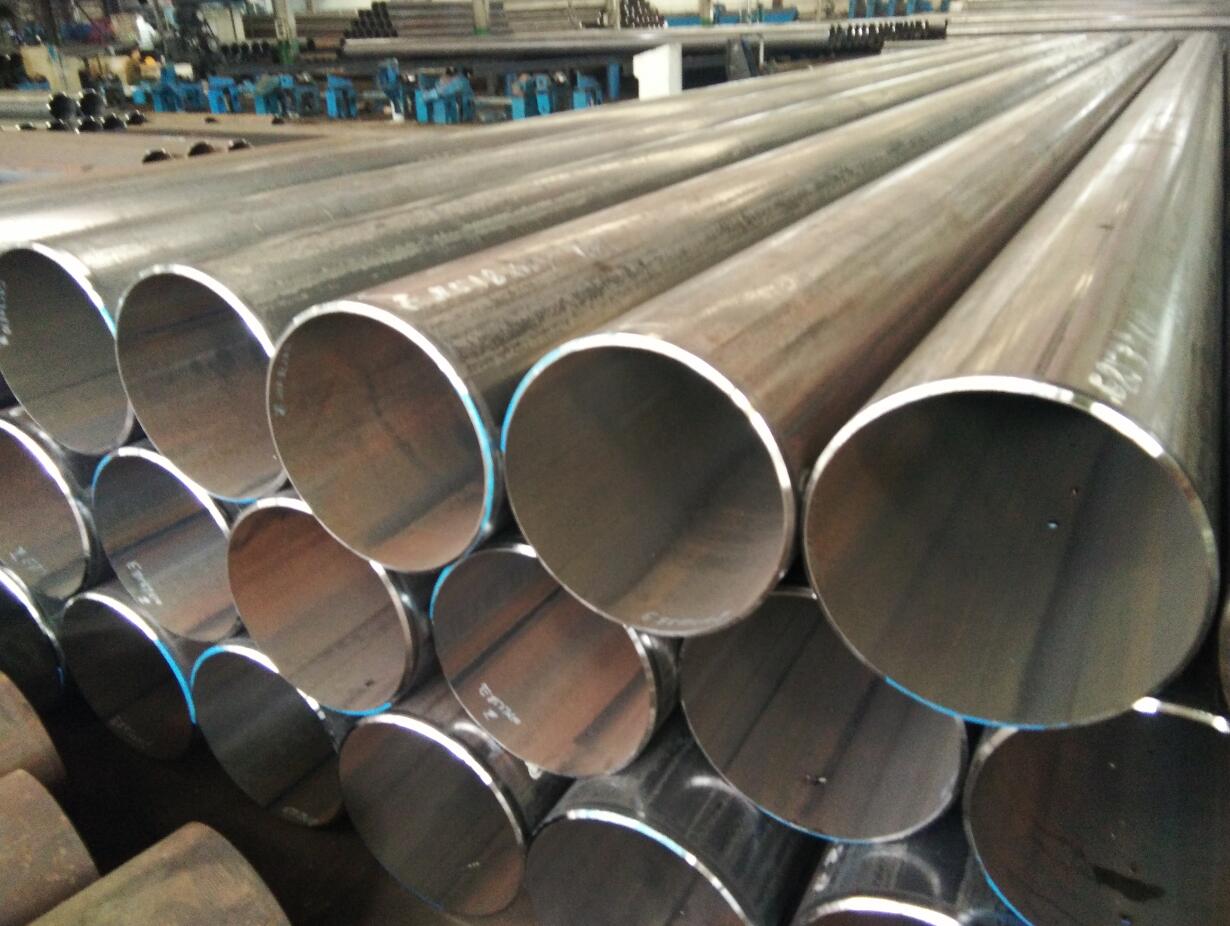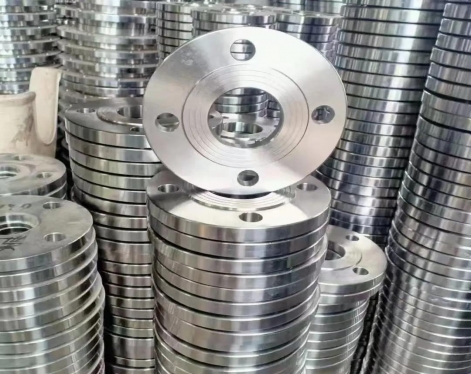Resistance welding is a method of combining the workpieces and applying pressure through the electrodes, using the resistance heat generated by the current passing through the contact surface of the joint and the adjacent area for welding. Resistance welding is a method in which electric current flows through the contact surface of the workpiece and the resistance heating effect generated in the adjacent area to heat it to a molten or plastic state to form a metal bond. ERW steel pipe is a steel pipe rolled using the electric resistance welding process.
Common welding problems and causes of resistance welding
1. Splash
If the heating is too rapid, and the surrounding plastic ring has not yet formed or is not tight enough, the sharply heated contact point will rise extremely fast due to the temperature. The internal metal is vaporized, and under the action of the electrode pressure, the liquid metal in the ring will be pressed out, and then sprayed to the gap between the plates in the form of splash, which is called the reason for the internal splash:
1) The surface of weldments and electrodes is not clean and there is a lot of dirt;
2) Electrode pressure is too small
3) The weldment and the electrode are not in real contact
4) Iron particles stick to the surface of the electrode
5) The assembly gap is too large, and the two contact surfaces of the workpiece are uneven
6) The workpiece is not clean
7) The shape of the electrode contact surface is not correct
8) The preloading time is too short
9) Excessive current
10) The workpiece is placed unevenly and inclined during welding
11) Small margins.
After the minimum nugget is formed, continue to heat, and the nugget and plastic ring continue to expand outward. When the expansion speed of the nugget in the radial direction is greater than the expansion speed of the plastic ring, it will fly out. The reasons for this are:
1) The welding current is too large;
2) The welding time is too long.
It is caused by the strong electrode pressure breaking the plastic ring around the point core and causing the overflow of liquid metal.

2. Weak soldering
Causes:
1) The voltage is too low, and the magnetic material enters the secondary circuit of the welding machine;
2) The dot pitch is too small;
3) The current is small and the electrode pressure is large;
4) The diameter of the electrode end face is large;
5) Electrode surface wear and stacking;
6) The welding time is insufficient, and the welding specification is too strong.
3. Solder punch through
Causes:
1) The current is too large;
2) Insufficient electrode pressure;
3) The power-on time is too long;
4) Poor electrode cooling conditions;
5) The heating time is too fast
4. Solder joint indentation depth
Causes:
1) The power-on time is too long;
2) Insufficient electrode pressure;
3) The current is too large;
4) The solder joint is seriously overheated;
5) Severe spraying;
6) The original size of the welding and assembly room;
7) The electrode is too sharp (the diameter of the electrode end face is too small)
The electrode indentation depth on the surface of normal solder joints should not exceed 10%-20% of the plate thickness
Common welding problems and causes of resistance welding
1. Splash
If the heating is too rapid, and the surrounding plastic ring has not yet formed or is not tight enough, the sharply heated contact point will rise extremely fast due to the temperature. The internal metal is vaporized, and under the action of the electrode pressure, the liquid metal in the ring will be pressed out, and then sprayed to the gap between the plates in the form of splash, which is called the reason for the internal splash:
1) The surface of weldments and electrodes is not clean and there is a lot of dirt;
2) Electrode pressure is too small
3) The weldment and the electrode are not in real contact
4) Iron particles stick to the surface of the electrode
5) The assembly gap is too large, and the two contact surfaces of the workpiece are uneven
6) The workpiece is not clean
7) The shape of the electrode contact surface is not correct
8) The preloading time is too short
9) Excessive current
10) The workpiece is placed unevenly and inclined during welding
11) Small margins.
After the minimum nugget is formed, continue to heat, and the nugget and plastic ring continue to expand outward. When the expansion speed of the nugget in the radial direction is greater than the expansion speed of the plastic ring, it will fly out. The reasons for this are:
1) The welding current is too large;
2) The welding time is too long.
It is caused by the strong electrode pressure breaking the plastic ring around the point core and causing the overflow of liquid metal.

2. Weak soldering
Causes:
1) The voltage is too low, and the magnetic material enters the secondary circuit of the welding machine;
2) The dot pitch is too small;
3) The current is small and the electrode pressure is large;
4) The diameter of the electrode end face is large;
5) Electrode surface wear and stacking;
6) The welding time is insufficient, and the welding specification is too strong.
3. Solder punch through
Causes:
1) The current is too large;
2) Insufficient electrode pressure;
3) The power-on time is too long;
4) Poor electrode cooling conditions;
5) The heating time is too fast
4. Solder joint indentation depth
Causes:
1) The power-on time is too long;
2) Insufficient electrode pressure;
3) The current is too large;
4) The solder joint is seriously overheated;
5) Severe spraying;
6) The original size of the welding and assembly room;
7) The electrode is too sharp (the diameter of the electrode end face is too small)
The electrode indentation depth on the surface of normal solder joints should not exceed 10%-20% of the plate thickness









